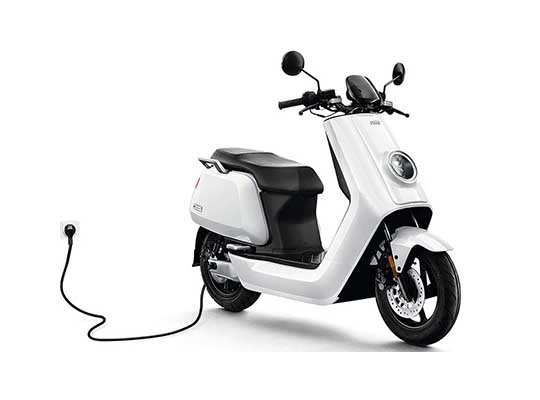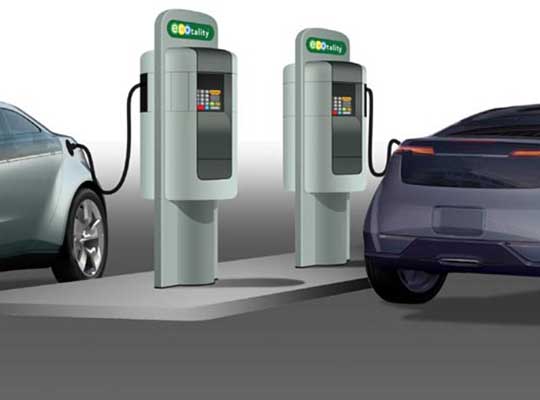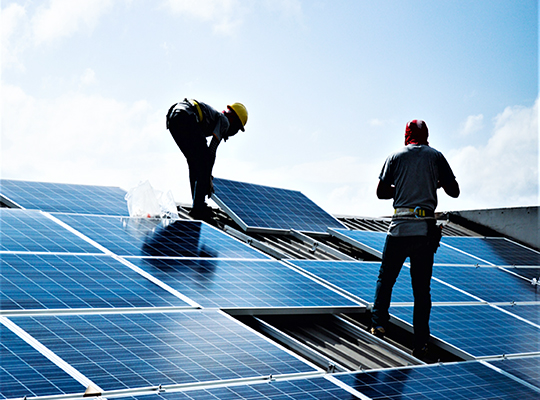According to P&S Intelligence – The sales volume of the Indian electric two-wheeler industry is expected to massively increase from 152.0 thousand units in 2019 to 1,080.5 thousand units in 2025, at a 57.9% CAGR between 2020 and 2025. As per IQAir, India was home to 21of the 30 most polluted cities in the world in 2019, a fact which is mirrored by the World Health Organization (WHO)’s findings that out of the 20 most polluted cities in the world, 14 were in India in 2018.
As a result of the surging pollution, the national government has launched stringent policies to curb vehicular emissions. In particular, the jump from Bharat Stage V (BSV) to BSVI emission standards is expected to benefit the Indian electric scooter and motorcycle market, by raising the prices of petrol-driven two-wheelers by 7–15%. From 1st April, 2020 onward, automakers are only allowed to sell BSVI-compliant vehicles in the nation, which is driving the push toward electric variants.
The electric scooter and motorcycle market in India has been severely hit by the COVID-19 pandemic, which has led to zero demand for two-wheelers, in general. Apart from the nationwide lockdown, which has resulted in the shutdown of manufacturing plants, even the supply of electric vehicle (EV) components from China has been hampered. Additionally, the forecast for a grim financial future by the International Monetary Fund (IMF) is discouraging investors from funding electric two-wheeler manufacturers.
Get the sample copy of this report at @ https://www.psmarketresearch.com/market-analysis/india-electric-scooter-and-motorcycle-market/report-sample
In the years to come, the motorcycle bifurcation, on the basis of product, is predicted to witness rapid advance in the Indian electric scooter and motorcycle market, with the launching of several models by automakers. Due to the increasing demand for higher power, speed, and driving range from electric two-wheelers, the uptake of motorcycles will grow.
The sealed lead–acid (SLA) bifurcation, based on battery type, will continue dominating the electric scooter and motorcycle market of India in the coming years. This is because these batteries are cost-effective and easily available and the demand for low-speed electric two-wheelers is expected to remain substantially high.
Till 2025, the 72 V category, under segmentation by voltage, would experience the highest volume CAGR in the Indian electric scooter and motorcycle market, of 80.5%. This would be a result of the better mileage and performance that these batteries impart to vehicles.
In the next six years, the non-removable technology bifurcation will account for the majority of the Indian electric scooter and motorcycle market sales volume and value, due to the inadequate number of EV charging stations and the range anxiety which is currently associated with EVs. Moreover, recharging a battery takes way more time than simply swapping it, which makes removable-battery variants more popular.
Browse detailed report with COVID-19 impact analysis on India Electric Scooter and Motorcycle Market Research Report: By Product (Scooter, Motorcycle), Battery Type (Sealed Lead Acid, Lithium-Ion), Voltage (36 V, 48 V, 60 V. 72 V), Technology (Removable, Non-Removable), Maximum Speed (<25 km/h, 25–50 km/h, >50 km/h), Sales Channel (Online, Offline), Application (B2B, B2C), State – Industry Analysis and Growth Forecast to 2025 @ https://www.psmarketresearch.com/market-analysis/india-electric-scooter-and-motorcycle-market
The less-than-25-kmph category, on the basis of maximum speed, held the largest share in the electric scooter and motorcycle market of India in the past, as there no prerequisite for a driving license and number plate registration to ride these EVs. As fulfilling such requirements means extra costs, low-speed electric two-wheelers witness high adoption among the college-going population.
Historically, higher sales in the Indian electric scooter and motorcycle market have been witnessed via offline channels. As the market is still at the nascent stages, the online sales of these vehicles are quite low. Moreover, for lack of trust, people generally prefer to purchase them from authorized physical stores, which is why the share of the offline sales channel bifurcation in the industry is larger.
Business-to-customer (B2C) is predicted to continue being the larger application in the Indian electric scooter and motorcycle market, as the public is becoming aware of the harms of petrol- and diesel-based automobiles. Moreover, compared to four-wheelers, two-wheelers are cheaper and require lower maintenance. Additionally, in the period immediately following the COVID-19 crisis, people would hesitate in opting for shared mobility, which would further drive the adoption of electric two-wheelers for personal use.
Presently, Uttar Pradesh is the largest electric scooter and motorcycle market in India, in terms of sales volume. In the coming years, Karnataka is expected to witness the fastest growth in the demand for such automobiles. The reasons for both these industry findings are the rising adoption of electric two-wheelers in the major Tier-I, II, and III cities of the states, developments in the EV value chain, and government support. Additionally, major automakers are expanding their presence in Uttar Pradesh, considering the high growth potential of the industry here.
For extracting the maximum revenue from the rapidly growing Indian electric scooter and motorcycle market, original equipment manufacturers (OEMs) are expanding their facilities.
For instance, in January 2020, Ather Energy Pvt. Ltd. announced intentions to build a 400,000-square-foot factory in Hosur, Tamil Nadu, which would have an annual output of 1 lakh units. Currently, the company operates one manufacturing plant in Bengaluru, which has a capacity of 25,000 units. The idea of the company behind an additional facility is meeting the rising demand for electric two-wheelers in India.
In the same vein, Okinawa Autotech Pvt. Ltd. invested 28.4 million (INR 200 crore) for its second manufacturing plant in May 2019. To be developed in Rajasthan and planned to be commissioned in early 2020–21, the manufacturing plant will have an annual output of 10 lakh units.
The most significant players in the Indian electric scooter and motorcycle market are Electrotherm (India) Ltd., Hero Electric Vehicles Pvt. Ltd., LOHIA AUTO INDUSTRIES, Avon Cycles Ltd., TVS Motor Co. Ltd., Okinawa Autotech Pvt. Ltd., Bajaj Auto Ltd., TWENTY TWO MOTORS PVT. LTD. (22 KYMCO), Ampere Vehicles Pvt. Ltd. (Greaves Cotton Ltd.), Ather Energy Pvt. Ltd., and Tunwal E-Vehicle India Pvt. Ltd.
For more information, please visit: https://www.psmarketresearch.com













